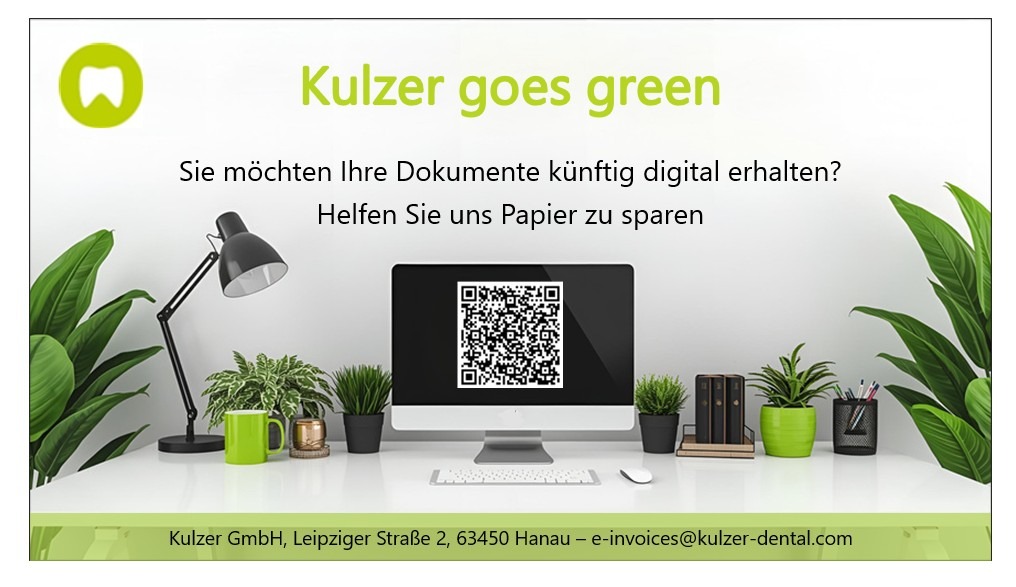Albabond® A
Übersicht
Aufbrennkeramiklegierung gem. EN ISO 9693-1, EN ISO 22674, weiss
Vorteile
- Ideal für alle Indikationen der keramischen Verblendung
- Enthält Silber
Spezifikationen
| Product details | ||||||||||||||
|---|---|---|---|---|---|---|---|---|---|---|---|---|---|---|
|
Composition (Content in mass %) |
Pd 56.6 Ag 32.6 Sn 6.8 Zn 0.2 In 3.4 Ir 0.2 Ru 0.2 |
|||||||||||||
| Type (Classification acc. EN ISO 22674) |
4 (s/v/k) s= self-hardening alloy after slow cooling in the mould v= Condition after hardening k= Bonding alloy: condition after ceramik firing |
|||||||||||||
| Shade | Dark white | |||||||||||||
| Indication |
Crowns Bridges Milling technique Implant restorations |
|||||||||||||
| Article Code | 1172 8000 | |||||||||||||
| Technical data, melting and casting | ||||||||||||||
|---|---|---|---|---|---|---|---|---|---|---|---|---|---|---|
| Melting range |
Solidus 1165 ° C Liquidus 1285 °C |
|||||||||||||
| Preheating Temperature | 900 °C | |||||||||||||
| Casting Temperature | 1440 °C | |||||||||||||
| Crucible | Ceramic | |||||||||||||
| Density | 11.4 g/cm³ | |||||||||||||
| Hardness (HV5) | 205 (w/k), 235 (v), 220 (s) | |||||||||||||
| 0.2 % yield strength (MPa) | 460 (w/k), 540 (v) | |||||||||||||
| Elongation (%) | 26 (w/k), 18(v) | |||||||||||||
| Young's modulus of elasticity (GPa) | 122 | |||||||||||||
| Ceramic firing | ||||||||||||||
|---|---|---|---|---|---|---|---|---|---|---|---|---|---|---|
|
CTE |
14.7 | |||||||||||||
| Oxide firing | 880° C/ 5 min. | |||||||||||||
| Soft annealing | --- | |||||||||||||
| Hardening | 600° C/ 15 min. | |||||||||||||
| Solder/Laser welding wire | ||||||||||||||
|---|---|---|---|---|---|---|---|---|---|---|---|---|---|---|
| Solder | Herador Lot 1100 1070 1060 1060 S | |||||||||||||
| Laser welding wires | Albabond B2) | |||||||||||||
Spezifikationslegende
Zusammensetzung:

w = Nach Weichglühen und Abschrecken
k = Verbundlegierung: Zustand nach dem Brennen der Keramik
v = Zustand nach dem Härten
s = Selbsthärtende Legierung, nach langsamem Abkühlen in der Form
Anmerkungen
A = Für langspannige Brücken und Suprakonstruktionen wird ein stabiles Gerüstdesign mit verstärkten Verbindungen und einem Querschnitt von 8–10 mm² benötigt. Zusätzlich müssen die Gerüste gehärtet werden.
B = Abhängig vom Kupfer- und/oder Silbergehalt kann es in einigen Fällen nach kurzer Tragezeit zu Verfärbungen bei Doppelkronen kommen.
C = In Ausnahmefällen können diese Legierungen auch für traditionelle Teleskopkronen mit parallelen Wänden sowie für die Stabguss-Technik verwendet werden, sofern die Querschnitte der Kronenwände, Approximalbereiche, Stäbe und laserverschweißten Verbindungen besonders dick sind und die Legierung anschließend gehärtet wird. Keine Anwendungsempfehlung für konische Kronen und Scherverteiler.
D = Typklassifizierung gemäß EN ISO 22674
Technische Daten, Schmelzen und Gießen:
Kontraindikationen
Bei Überempfindlichkeit (Allergien) gegenüber einem der Bestandteile der Legierung.
Nebenwirkungen
In Einzelfällen wurden Überempfindlichkeitsreaktionen (Allergien) oder elektrochemisch bedingte lokale Missempfindungen berichtet.
Wechselwirkungen mit anderen Dentallegierungen
Bei Approximal- oder Antagonistenkontakt mit Prothesen aus unterschiedlichen Legierungen können galvanische Effekte auftreten. Andere Materialien müssen verwendet werden, wenn der Kontakt mit anderen Legierungen dauerhaft lokal elektrochemisch bedingte Parästhesien verursacht.
Hinweise:
1) Gemäß EN ISO 22674
2) 1 MPa = 1 N/mm², 1 GPa = 1000 N/mm²
3) Bei keramischer Verblendung benötigen diese Legierungen keinen zusätzlichen Härtungsprozess, um ihre maximalen physikalischen Werte zu erreichen.
4) Normalerweise sollte die Vorheiztemperatur 900 °C betragen. Bei Formfüllproblemen mit dünnen Copings wird empfohlen, die Vorheiztemperatur auf 950 °C zu erhöhen.
5) Für Aufbrenntechnik
Keramikbrand:
Hinweise
1) Beim Verblenden mit Keramiken mit höherer Brenntemperatur muss der Oxidbrand bei der höchsten Keramikbrenntemperatur durchgeführt werden; die maximale Temperatur von 950 °C darf nicht überschritten werden.
2) Oxidbrand: Bitte beachten Sie die Anweisungen des Keramikherstellers.
3) Befolgen Sie die Anweisungen des Keramikherstellers.
4) Härtung vor dem Brand (Konditionierung für Frästechniken): 930 °C, 15 Minuten, schnelles Abkühlen.
5) Bei Verblendungen mit Keramiken ist für diese Legierungen kein zusätzlicher Härtungsprozess erforderlich, um ihre maximalen physikalischen Werte zu erreichen.
6) 25 – 500 °C gemäß EN ISO 9693
Lote / Laser-Schweißdrähte:
Hinweise
* Die Arbeitstemperatur ist Teil der Bezeichnung des Lots.
** Empfohlene Flussmittel:
Edelmetall / Edelmetall: geeignetes Flussmittel verwenden
Edelmetall / Nichtedelmetall: geeignetes Flussmittel verwenden
Nichtedelmetall / Nichtedelmetall: geeignetes Flussmittel verwenden
1) Herador Lot V800 muss unter Vakuum gelötet werden. Graphit-Brennträger sollten verwendet werden.
2) Empfohlene Alternativlegierung.
3) Bei Verarbeitung mit HeraCeram.
4) Eine präzise Temperaturkontrolle muss sichergestellt sein. 740 °C dürfen nicht überschritten werden. Maximale Heizrate: 55 °C/min.
Downloads
Katalogpreise
 Albabond® A-White-1g-Pd-based Vorherige
Albabond® A-White-1g-Pd-based Vorherige 









